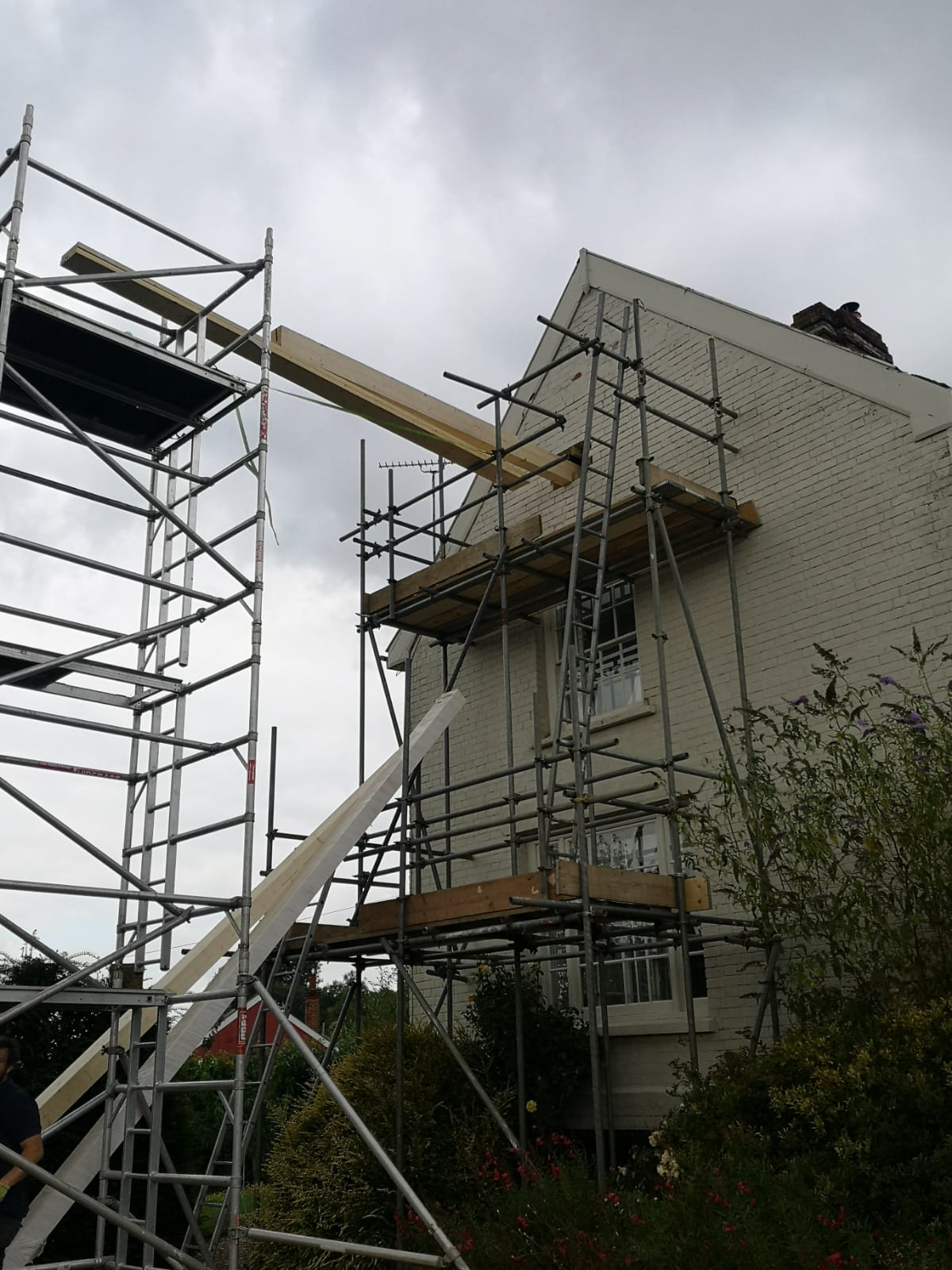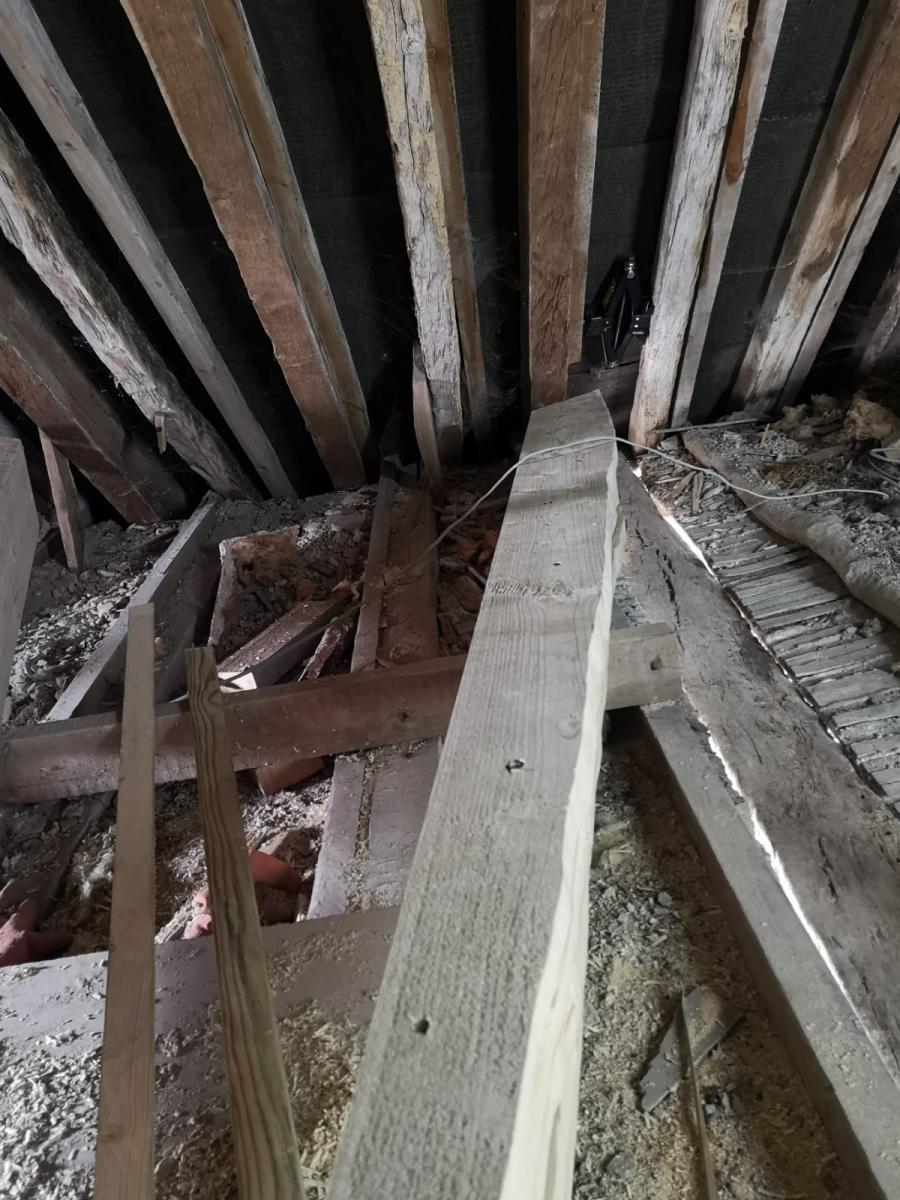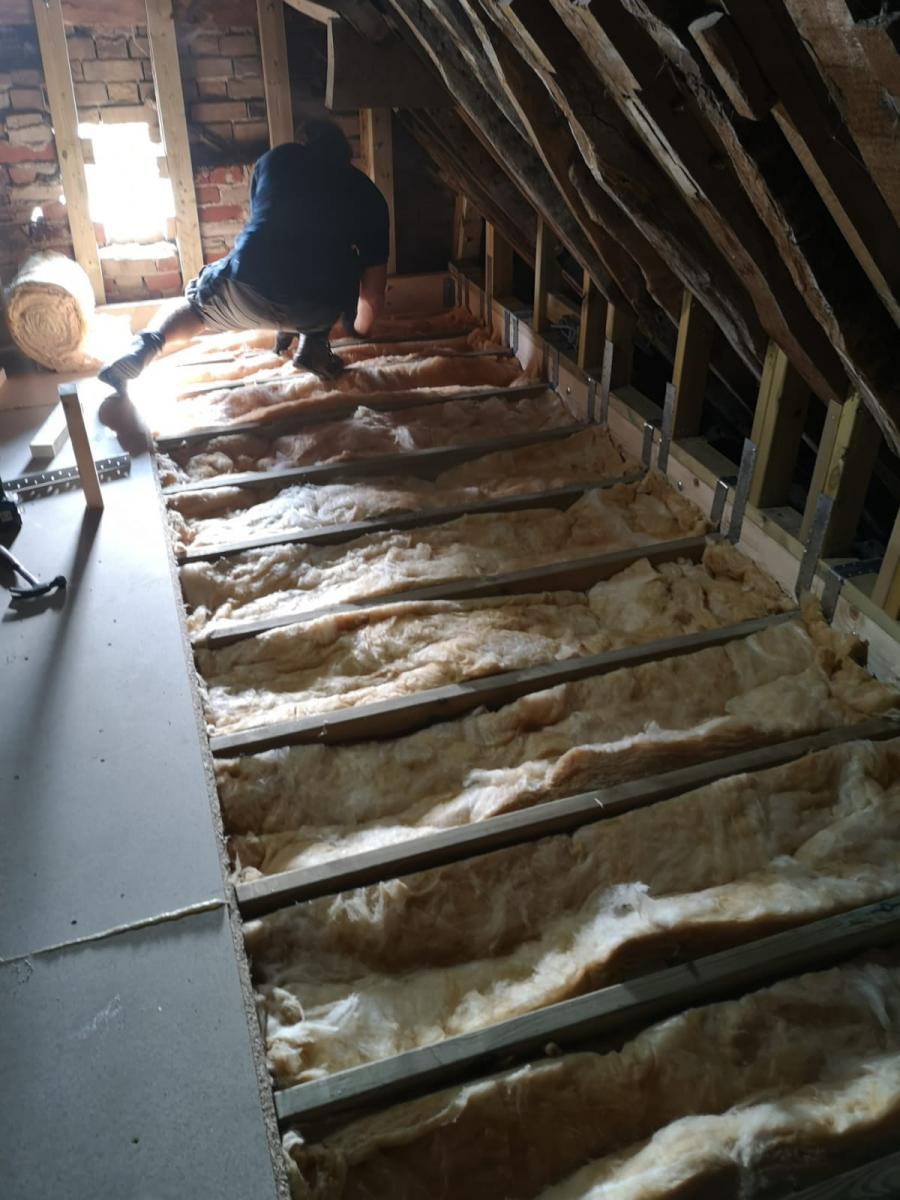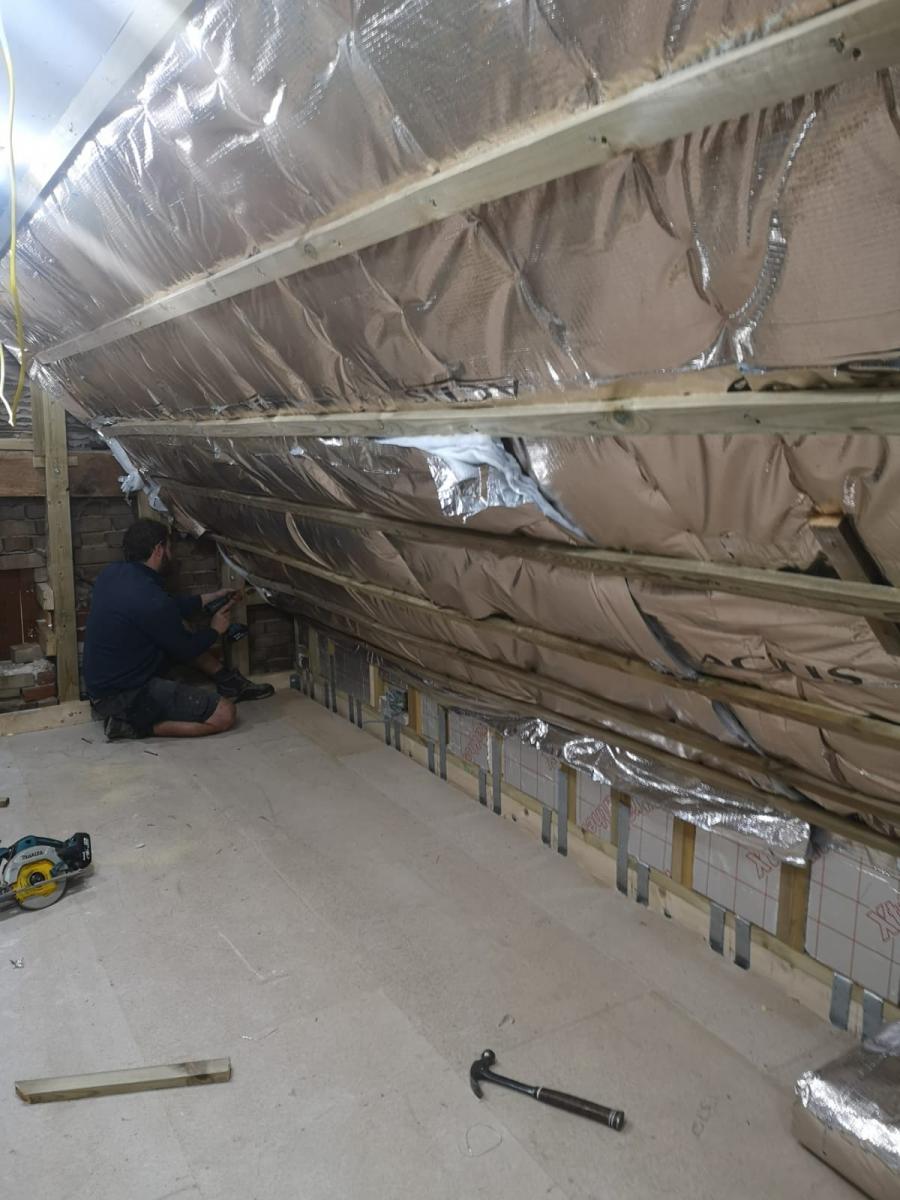We are proud that we have worked with English Heritage on some of their projects. English Heritage look after over 400 historic buildings across the country, and obviously it is important to conserve and maintain these fantastic buildings in their original style, and using traditional building techniques. Find out more about the important work of English Heritage here.








